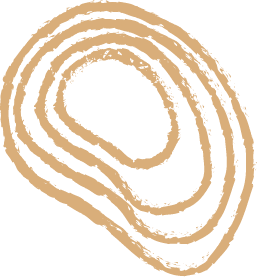

A child-led activity is an approach to learning and play in which children take the lead in deciding what they will do and how they will do it. Rather than being directed by an adult, child-led activities are guided by the child’s interests, needs, and motivations.
In a child-led activity, the adult’s role is to facilitate the child’s exploration and discovery, providing resources, materials, and support as needed. The focus is on the process of learning and play, rather than on achieving a specific outcome or meeting a predetermined set of objectives.
Our child-led activities take many different forms, from free play to more structured activities that are initiated by the child.
1) Play is an active process without a product
2) Play is intrinsically motivated
3) Play exerts no pressure to conform to rules, goals, tasks or to take definite directions.
4) It is about building possible, alternate worlds which involves being imaginative, creative, original and innovative.
5) Play is about participants wallowing in ideas, feelings and relationships, and becoming aware of what we know (metacognition).
6) It actively uses first hand experiences.
7) It is sustained, and when in full flow, helps us to function in advance of what we can actually do in our real lives.
8) In play we use technical prowess mastery and competence that we have previously developed. We are in control.
9) Children or adults can initiate play but each must be sensitive to each others personal agenda.
10) Play can be solitary.
11) It can be with others each of who is sensitive to fellow players.
12) Play integrates everything we learn, know, feel, relate to and understand
Young Friends Kindergarten
89 Holland Road
Hove
East Sussex
BN3 1JP
t: 01273 735 100
e: enquiries@youngfriends.co.uk